- News
- Reviews
- Bikes
- Accessories
- Accessories - misc
- Computer mounts
- Bags
- Bar ends
- Bike bags & cases
- Bottle cages
- Bottles
- Cameras
- Car racks
- Child seats
- Computers
- Glasses
- GPS units
- Helmets
- Lights - front
- Lights - rear
- Lights - sets
- Locks
- Mirrors
- Mudguards
- Racks
- Pumps & CO2 inflators
- Puncture kits
- Reflectives
- Smart watches
- Stands and racks
- Trailers
- Clothing
- Components
- Bar tape & grips
- Bottom brackets
- Brake & gear cables
- Brake & STI levers
- Brake pads & spares
- Brakes
- Cassettes & freewheels
- Chains
- Chainsets & chainrings
- Derailleurs - front
- Derailleurs - rear
- Forks
- Gear levers & shifters
- Groupsets
- Handlebars & extensions
- Headsets
- Hubs
- Inner tubes
- Pedals
- Quick releases & skewers
- Saddles
- Seatposts
- Stems
- Wheels
- Tyres
- Health, fitness and nutrition
- Tools and workshop
- Miscellaneous
- Buyers Guides
- Features
- Forum
- Recommends
- Podcast
feature
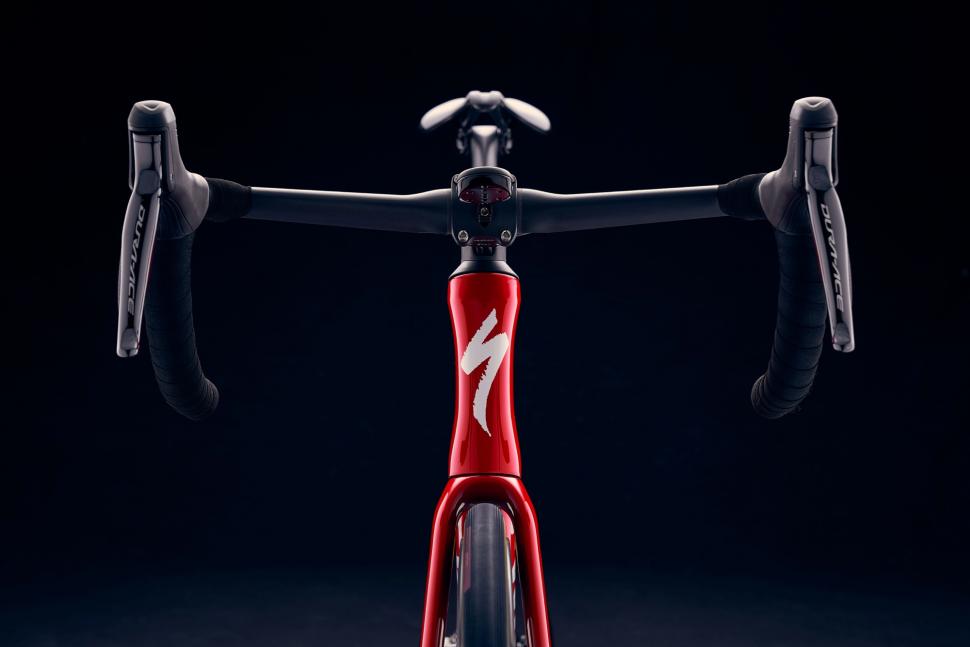 2021 Specialized Tarmac SL7 head tube.jpg
2021 Specialized Tarmac SL7 head tube.jpg2021 tech trends: how next year's bikes are shaping up – plus emerging cycle tech trends for 2022
The 2020 launch season is in full swing with Specialized, Trek, Giant and loads of other big brands having introduced cool new bikes over recent weeks, and here are some of the key trends that we've seen so far.
Not all of these trends are new, of course. That's the thing with trends – they develop. With more launches planned for the next few weeks, it'll be interesting to see which ones are taken further by other brands.
Lightweight bikes get more aero
Over the past few years, all of the big brands have had a lightweight race bike and an aero race bike in the range, although the distinction has become ever more blurred: aero features have been added to the lightweight models, while the aero bikes have been lightened to offer you the best of both worlds.
These developments have continued with major launches in 2020. Giant, for example, hadn't incorporated aerodynamic features into its lightweight TCR range before, figuring that if you wanted to reduce drag you'd opt for its Propel aero bike.
When the 2021 TCR Advanced was announced back in April, though, Giant said, "The new TCR takes a major leap forward in aero performance. This is where its most quantifiable gains, compared to the previous generation, can be found.
"Every tube shape was analysed, engineered and tested to create an overall structure with significantly lower drag at a wider range of yaw angles. The result is a TCR that’s faster than ever, especially in sprints and solo efforts."
Read our review of the Giant TCR Advanced SL 0 Disc 2021
The tube profiles are truncated ellipses and the shaping of the down tube is designed to work aerodynamically with a water bottle in place.
Then in June Trek added aerodynamic features to its lightweight Émonda for the first time.
"The obvious goal was to get more aerodynamic but we didn't want to end up just designing another Madone or something really close to it, so we picked a famous climb, Alpe d'Huez [8.6 miles/ 13.85km at an average gradient of 8.1%, a frequent feature of the Tour de France], and made that our target," said Trek aerodynamicist John Davis.
Read our review of the Trek Emonda SL 6 Pro 2021
Trek's engineers concentrated on the front end of the bike – the handlebar/stem, head tube and down tube – because that's where most gains can be made, and tested with and without a water bottle in place.
"In the wind tunnel, the new Émonda is about 60 seconds per hour faster [than the previous version] at high speeds, and with our Alpe D'Huez target it's about 18 seconds per hour faster," says John Davis.
Just this week, Specialized has launched a new SL7 version of its lightweight Tarmac, which it says is so aerodynamically efficient that the Venge aero road bike is now superfluous.
"We have the technical ability to create a bike that's as aero as rules allow and as light as rules allow in a single package," said Cam Piper, the product manager behind the Specialized Tarmac SL7. "Anything else would be forcing riders to make a compromise on race day, and we just weren't okay with that anymore.
"By targeting the tubes that truly impact the aero performance of the frame, whether it's the seat tube, the seatstays, the head tube or the fork blades, all with shapes from our FreeFoil Shape Library [the collection of airfoil shapes that Specialized has developed], and then mating them with the fastest components that we have at our disposal and integrating the cabling, we created a package that is 45secs faster over 40km than the Tarmac SL6."
It's only Specialized that says the time for separate lightweight and aero bikes is over, but the brand's claim that you no longer need to choose between them does make you wonder whether we've entered a new era in road bike development.
Tyre clearance gets ever larger
Tyres have been getting wider in the road bike world for years, and this trend continues.
Although 25mm tyres are fitted as standard, there's enough clearance to run 32mm tyres from most brands on the disc brake bikes in the new Giant TCR Advanced range, for example. That's wide for a road race bike.
The new Specialized Tarmac SL7s ship with 26mm-wide tyres, but there's enough clearance to fit 32mm-wide tyres here too.
The same goes for Open's new MIN.D road bike.
You'd expect a comfort-focused bike like Merida's new Scultura Endurance to take wide tyres, and it does – you can fit 700 x 35mm slicks comfortably, although 32mm is standard.
Cervélo says that its new Caledonia is 'race bred' and designed with the Paris-Roubaix cobbles in mind. Again, you'd probably expect a generous amount of clearance here; 28mm tyres are fitted but you can go up to 34mm if you like.
Of course, gravel bikes are always going to have wider tyres than road bikes, but even compared to most other platforms of its genre, the updated Specialized Diverge has a lot of clearance. You can fit a 700C x 47mm tyre, or a 650b x 2.1in, with 6mm of space around it. Specialized incorporates a 15mm-long flat section of carbon-fibre into the driveside chainstay in order to provide the room.
3T's Exploro RaceMax gravel bike has more clearance than previous Exploros too – 700C × 40mm or 650B × 54mm.
Not every new bike has space for huge tyres – the new Trek Émondas have conservative clearance for 700C x 28mm, for instance – but the trend is definitely upward.
Threaded bottom brackets return
Several new bikes launched this year have featured threaded bottom brackets, in a move that's going to please many.
Pressed in bottom brackets have ruled the mid to high-end bike market for the past few years, but they've never been universally popular. Some systems are prone to creaking and installation/removal can be difficult.
Fed up of pressfit bottom brackets? Find out if something better is on the way
Whereas previous Émondas featured Trek's BB90 bottom bracket system with the bearings pressed into the BB shell, all the new Émonda SLR and SL models use T47, which is a design that the brand began using on its Domanés last year.
First introduced by Chris King and Argonaut Cycles, T47 bottom brackets thread into a wide shell. Trek says that you can expect to see T47 used more widely across its road range in future.
All new Specialized Diverge models have a 68mm BSA threaded bottom bracket and the same is true of the new Tarmac SL7s.
Pressed in bottom brackets are still hugely popular, but with Trek and Specialized moving back towards threaded systems, we wouldn't be surprised to see other brands following suit.
More power meters specced on complete bikes
It wasn't so long ago that power meters were exclusively an expensive aftermarket upgrade – and they still are, in many cases. However, we're seeing more of them specced on complete bikes .
Each of the three SRAM eTap-equipped Trek Émonda SL and SLRs is fitted with a Quarq power meter, for example, the least expensive of these models being the £5,250 Émonda SL 7 eTap.
The S-Works Tarmac SL7 Red eTap gets a Quarq power meter too, and the S-Works Tarmac SL7 Dura-Ace Di2 features a Specialized power meter, although each of these bikes is priced £10,500.
Cervélo specs power meters on some of its new Caledonia bikes too. The £6,399 Caledonia-5 Force eTap AXS comes with a Quarq power meter, for instance.
Several new Giant TCR Advanced bikes come with power meters. The £3,299 TCR Advanced Pro 1 features Giant's own crank-based PowerPro system, for example, while the TCR Advanced SL 0 Disc we reviewed had a Quarq design.
Cables on show are a no go
Cables and hoses routed inside of the frame have been de rigeur for years, and there's nothing new about hiding them inside the handlebar and stem either, but it is becoming ever more popular.
It raised a few eyebrows when Giant decided to leave cables/hoses exposed between the handlebar and the down tube and fork leg with the new TCRs, with some road.cc readers commenting that it looked old fashioned. Giant said that it made the decision in order to keep adjustments simple.
Trek hides the cables on the Émonda SLRs thanks to Bontrager's new carbon Aeolus RSL VR-C integrated handlebar/stem.
The cables/hoses don't run internally but are positioned in a channel underneath the handlebar section while a carbon clamp sits under the stem. This allows you to swap the bar/stem without having to re-route the cables/hoses. Trek says the design is optimised for electronic shifting, but that it works with mechanical setups too.
The headset spacers are a split design. You can separate the two interlocking parts to remove them, meaning that adjusting the handlebar height is relatively easily.
The higher end Specialized Tarmac SL7s feature the S-Works Aerofly II handlebar first introduced on the Venge. Both the brake hoses and gear cables are fully hidden and you don't need to re-cable in order to adjust the fit.
Although the Cervélo Caledonia has partially external hose/cable routing, it's fully internal on electronic versions of the new Caledonia-5.
Cervélo has evolved the design from its S3 road bike, using a D-shaped fork steerer with a split ring that allows brake hose and Shimano Di2 cable routing from Cervélo's existing AB09 carbon handlebar into the body of the stem and down into the frame.
The cables aren't completely hidden on the new Merida Scultura Endurance – you can see them underneath the stem –but the bike features a new ‘Wire Port’. This is where the shifting and brake cables are routed through the headset for a less cluttered front end.
Most brands like to say that concealing the cables isn't just an aesthetic matter, it reduces drag too.
Disc brake-only road bike models are more common
Not so long ago, the thought of offering a new road bike only in a disc brake option would have been unthinkable, but this has become increasingly the case over the past couple of years.
The new Merida Scultura Endurance and Cervélo Caledonia are designed to tackle broken roads as well as smooth tarmac, so it's not surprising that they're both made exclusively for disc brakes.
However, the Specialized Tarmac SL7 is designed with road racing in mind and the same goes for the new Trek Émonda SLR and SL models. You can't get rim brake versions of any of them.
Trek made clear when launching the 2021 Émondas that rather than foisting disc brakes on an unwilling public, it was responding to demand. When disc brake and rim brake versions of the same bike have been available in the past, discs have been far more popular.
The new version of Merida's Reacto, launched just this week, is disc brake-only too.
On the flip side, Giant does offer its 2021 TCRs in both disc brake and rim brake models.
Wheels are still getting wider
Now that bigger tyres are more popular and rim brake callipers are less of a limiting factor – because there are so many disc-brake bikes around – wheels are getting wider than ever.
Roval's new Rapide CLX wheels have different profiles front and rear; the rear one is 60mm deep with a 30mm external width while he front one is 51mm deep and a colossal 35mm.
"Since the front wheel induces the vast majority of instability from gusts, we made the front rim shallower and wider than the rear," said Roval. "This shape boosts stability, while boasting impressively low drag. Since the rear wheel impacts stability much less, it is deeper and narrower, optimised more singularly on minimising drag."
Parcours launched the Strade aero wheelset back in January, aerodynamically optimised for use with 28mm tyres. These have wide rims too.
Parcours set out to offer a new kind of aero wheelset that wouldn't sacrifice ride quality or comfort for speed. It reckons it has achieved this by creating different profiles for the front and rear wheels (like Roval, above) – something it concluded was necessary after conducting analysis of real-world wind conditions and the impact of yaw angle on wheel design.
The wider, U-shaped front rim – 49mm deep with a maximum external rim width of 32mm – is designed for more stability while the rear, which is less affected by crosswinds, is deeper and narrower – 54mm deep with a maximum external width of 30.5mm – with a V-shaped profile.
Compared with the models mentioned above, Zipp's new 45mm-deep 303 S tubeless wheels don't seem that chunky, but the hookless 700c rim is 27mm wide – 2mm wider than that of its predecessor, the 302 Disc Brake – with an internal width that has increased by a whopping 7mm to 23mm.
The wheels are said to be fastest with 28mm-wide tyres fitted, but the extra width means that they're cable of supporting gravel tyres up to 50mm wide. For once with Zipp, it's not all about aerodynamics.
"The wide rim optimises tyre profile to allow lower tyre pressure, especially with tubeless tyres," says Zipp. "That helps to reduce rolling resistance and provides a more compliant ride with fewer vibrations."
Read our Zipp 303S wheels review
Trends to watch for 2022
Long top tubes and shorter stems on gravel bikes
Merida introduced the Silex gravel/adventure bike back in 2017, giving it a long top tube and a short stem – features borrowed from the world of mountain biking. The idea was to provide a balance between stability and nimble handling.
The new version of Specialized's Diverge takes a broadly similar approach with a slacker head tube angle than previously (by almost 1°), a longer reach and a shorter cockpit. Specialized is looking to increase stability while keeping the saddle-to-handlebar distance similar to before. The shorter stem can also make the steering more lively.
It'll be interesting to see if this mountain bike-inspired approach gains further ground over coming months.
Sub-compact chainsets
Although 1x (single chainring) systems are extremely popular, sub-compact 2x chainsets – ones offering lower gear ratios than a 50/34-tooth compact chainset – continue to become more common as gravel and all-road bikes grow in popularity.
Shimano's GRX RX800 gravel groupset offers a 48/31-tooth chainset, for example – as found on Specialized's Diverge Comp Carbon (£3,600) – while GRX RX600 is available with 46/30-tooth chainrings.
Your complete guide to Shimano’s GRX gravel groupset
SRAM offers 48/35 and 46/33 chainsets, plus a new 43/30-tooth option in its Force eTap AXS Wide groupset.
Interestingly, British brand Chater-Lea has introduced a 46/30 chainset recently, along withe two 1x options.
Mat has been in cycling media since 1996, on titles including BikeRadar, Total Bike, Total Mountain Bike, What Mountain Bike and Mountain Biking UK, and he has been editor of 220 Triathlon and Cycling Plus. Mat has been road.cc technical editor for over a decade, testing bikes, fettling the latest kit, and trying out the most up-to-the-minute clothing. We send him off around the world to get all the news from launches and shows too. He has won his category in Ironman UK 70.3 and finished on the podium in both marathons he has run. Mat is a Cambridge graduate who did a post-grad in magazine journalism, and he is a winner of the Cycling Media Award for Specialist Online Writer. Now over 50, he's riding road and gravel bikes most days for fun and fitness rather than training for competitions.
Latest Comments
- ktache 1 sec ago
Not many animals cause grinding noises when underneath a vehicle.
- eburtthebike 19 min 41 sec ago
I listened to the BBC R4 prog "Should cyclists stay in their lane" and it was pretty much what you'd expect from the BBC, a well-informed cyclist...
- eburtthebike 37 min 33 sec ago
Of course you don't actually want to spend money intended for infrastructure on infrastructure, you want to spend it on plans for infrastructure,...
- Veganpotter 52 min 4 sec ago
My bet is that all these tires popping off are from people with bad pressure gauges or they're simply just putting too much air in on purpose. ...
- Hirsute 1 hour 14 min ago
You have to add images via a reply to yourself after the topic is created. One at a time too.
- Hirsute 1 hour 16 min ago
“Plus, riders who pair CarBack to their smartphone using the Trek Accessory app can enjoy even more features, including the ability to see the...
- Tom_77 1 hour 32 min ago
Had a Kona Blast sometime around the turn of the century, that was a pretty decent mountain bike for not much money....
- chrisonabike 2 hours 7 min ago
David9694 - you were right! These new autonomous vehicles really are conspiring to run out of control!...
- HoarseMann 2 hours 39 min ago
Decathlon have the Garmin Varia RTL515 on offer at the moment for £129.99: https://www.decathlon.co.uk/p/rearview-radar-varia-rtl515-65-lumens/_/R-...
- Rendel Harris 3 hours 49 min ago
So when you said "all Jews" you didn't actually mean all Jews, just religious ones. However even that distinction is erroneous, as you must surely...
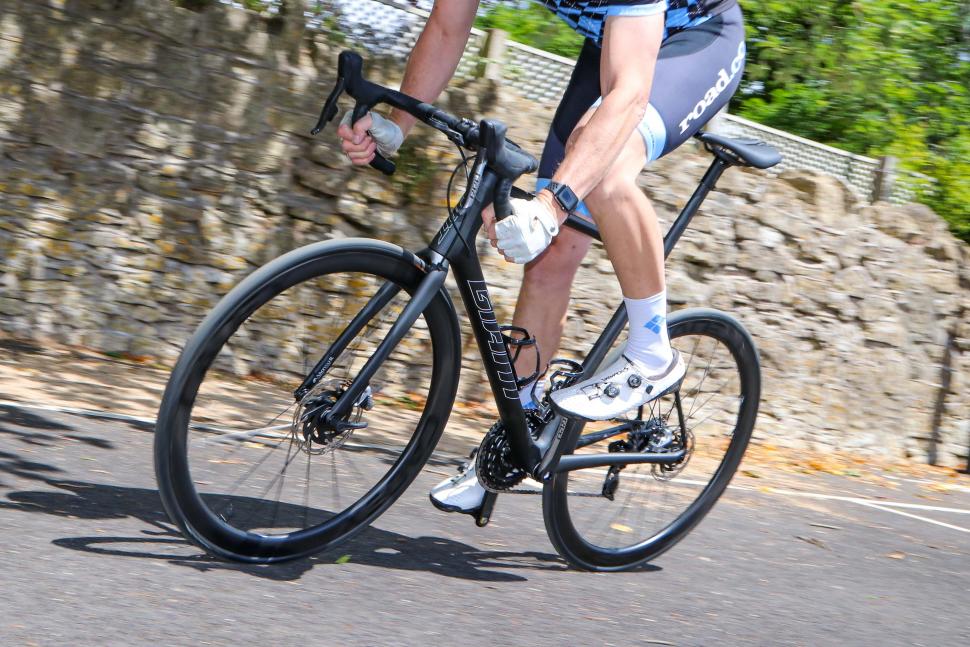
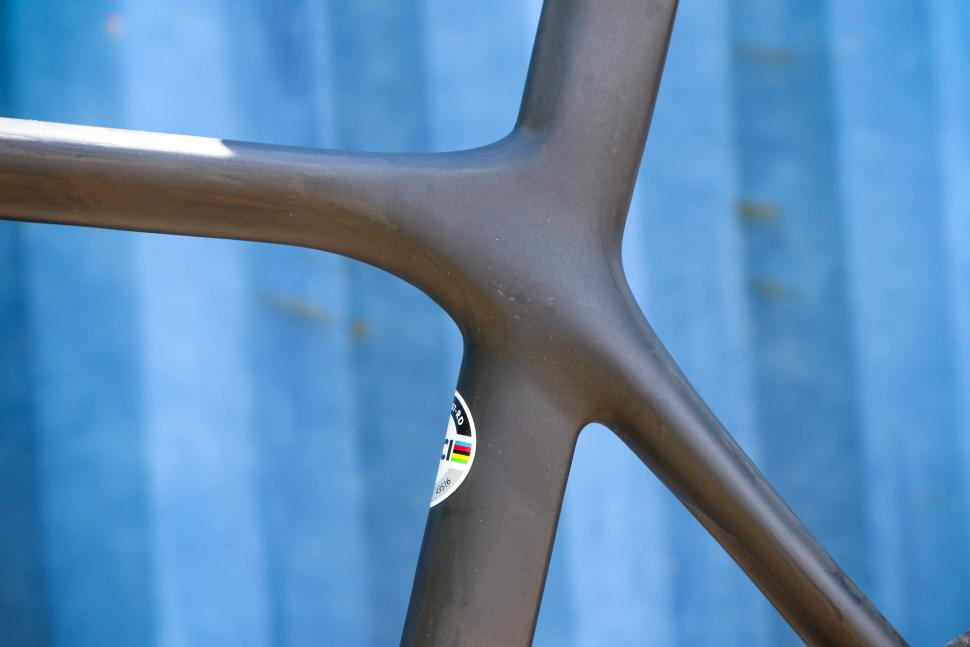
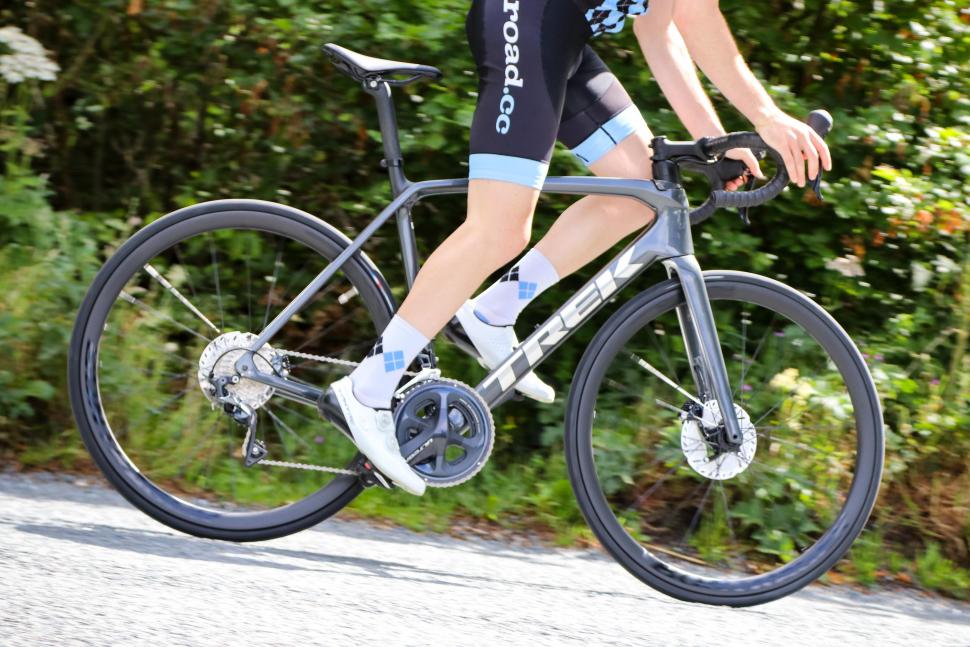
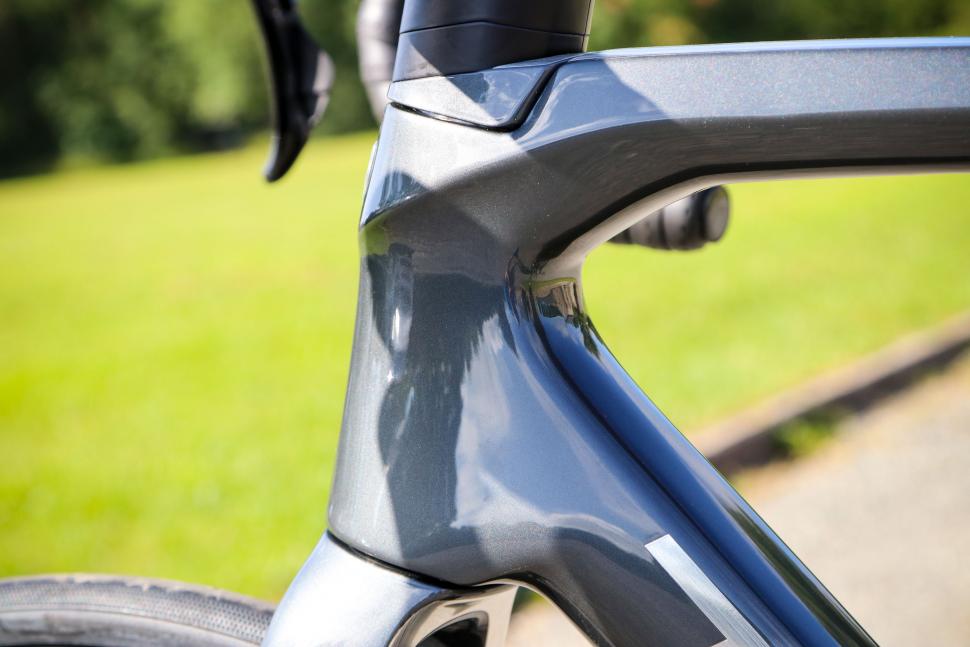
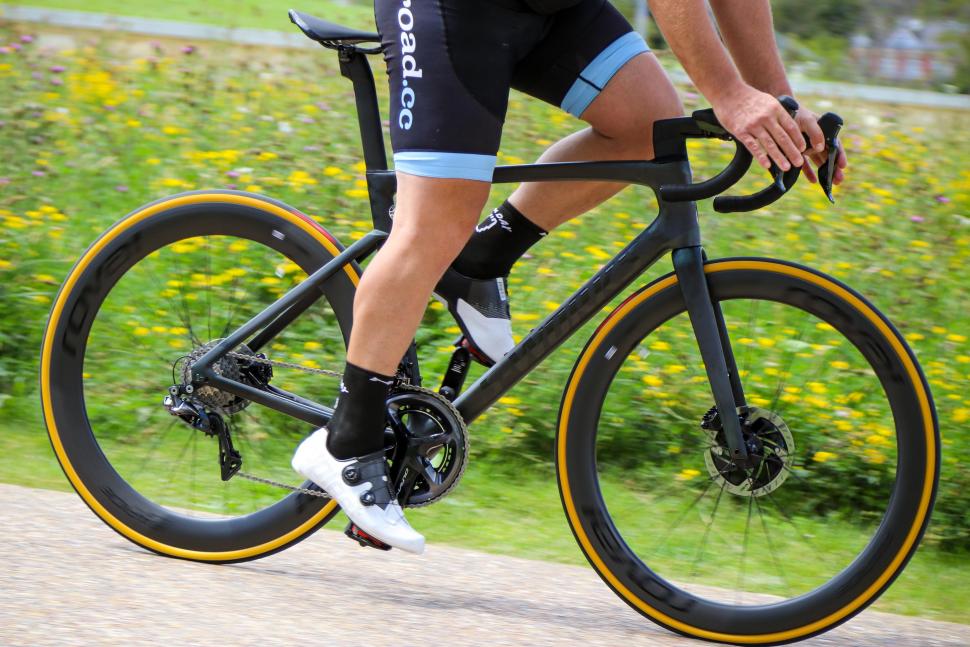


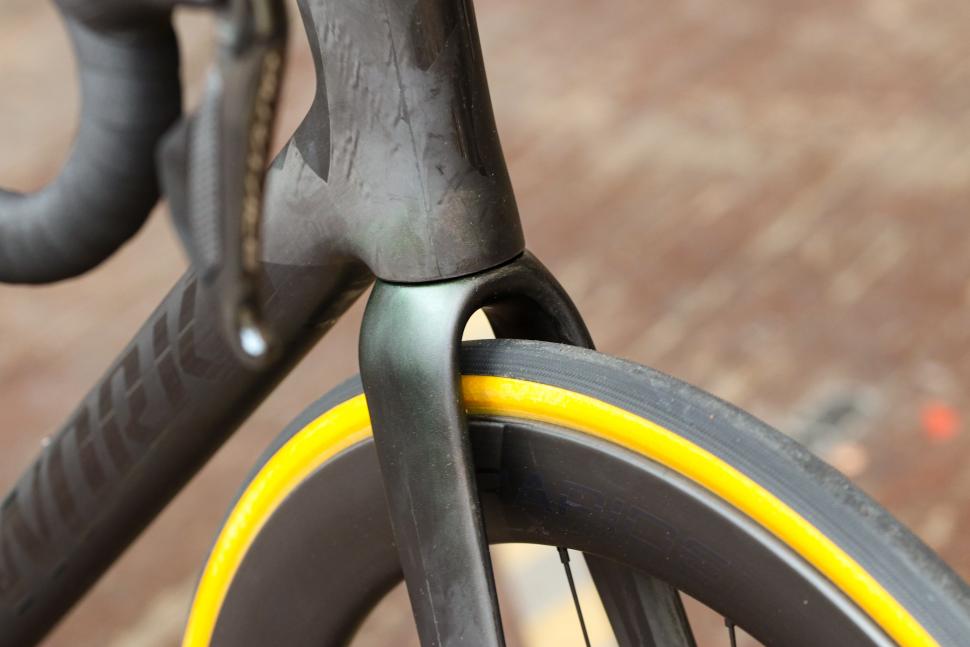
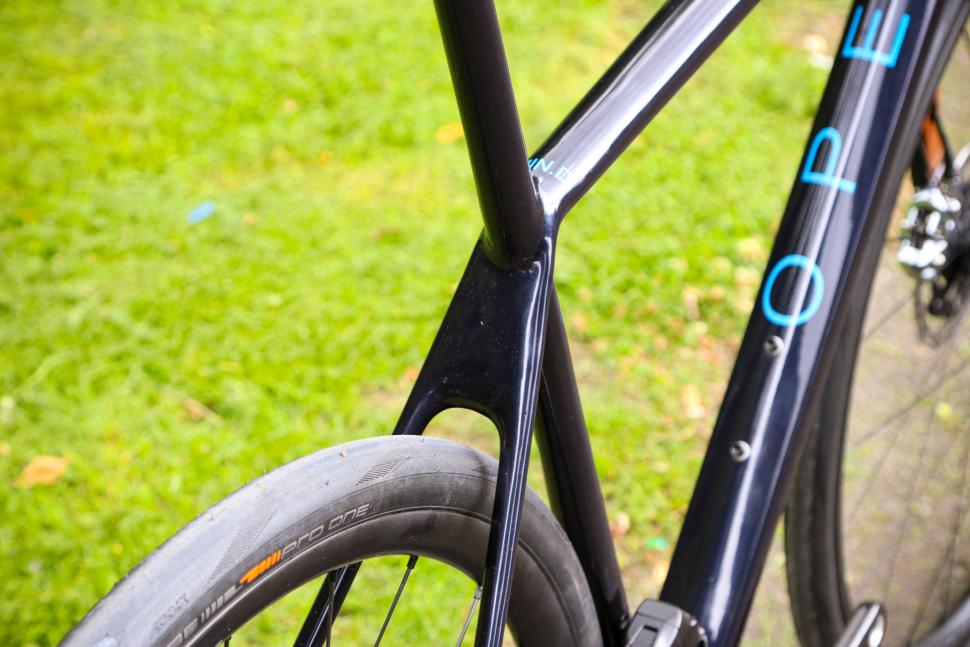
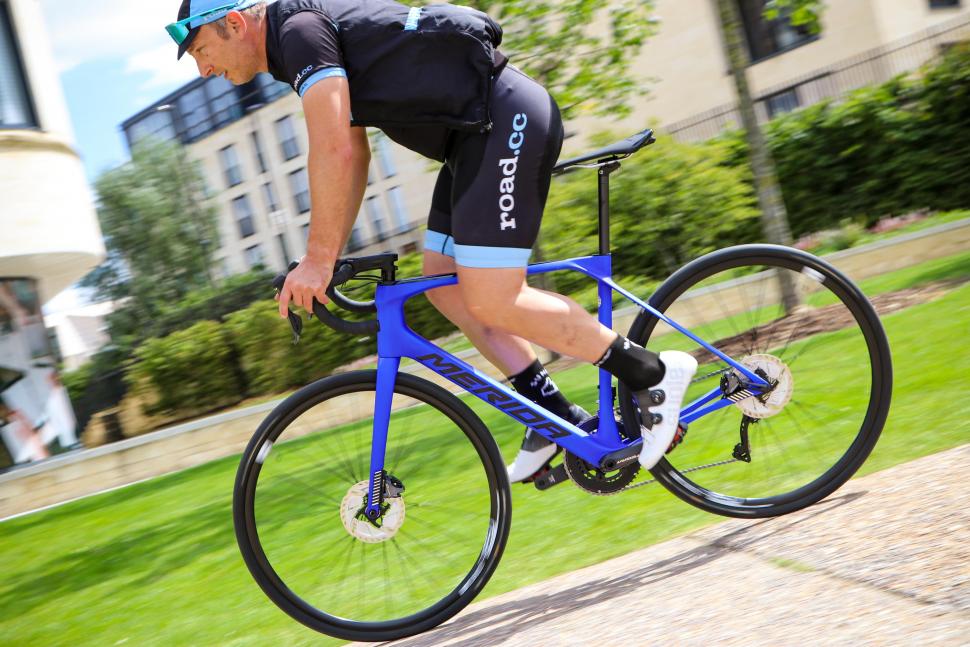
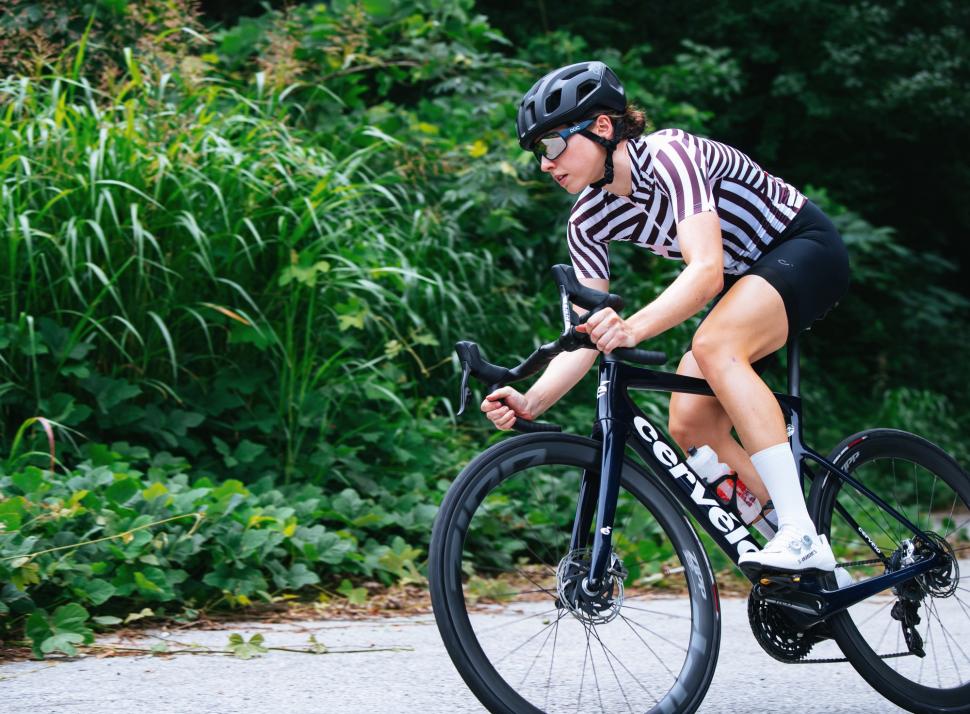
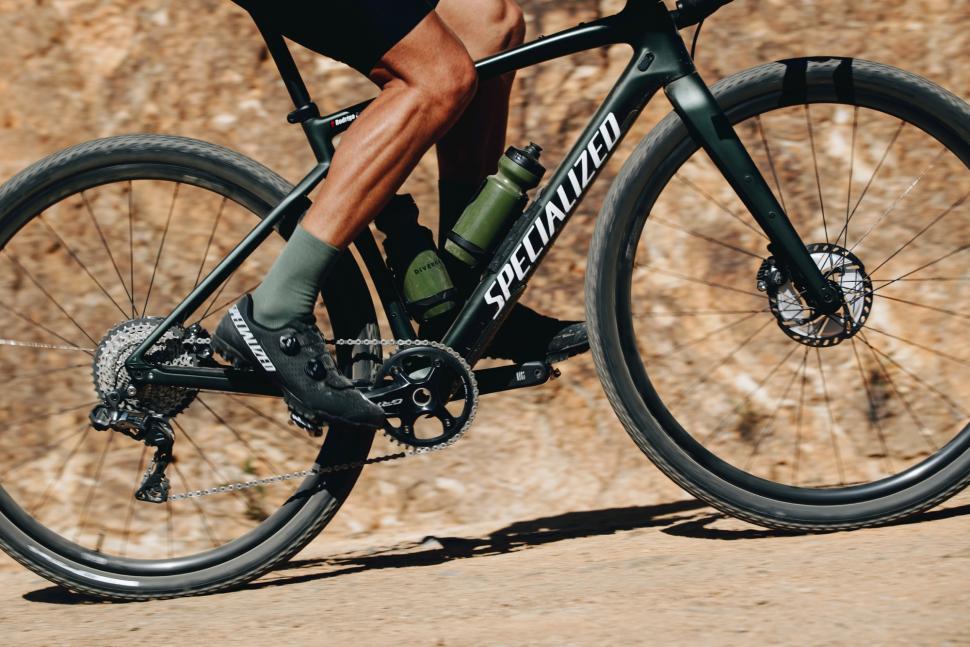
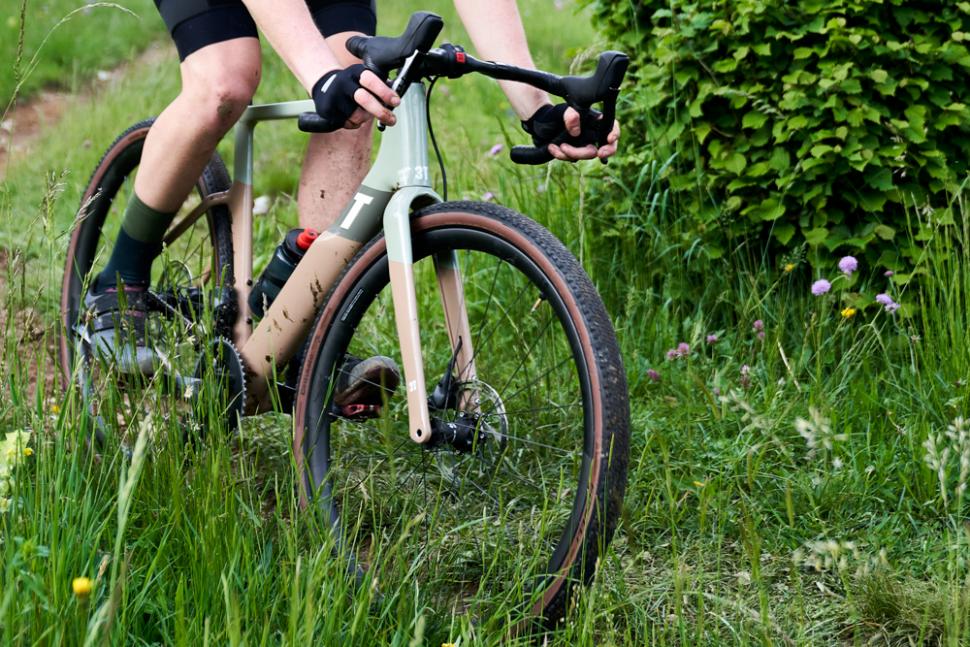
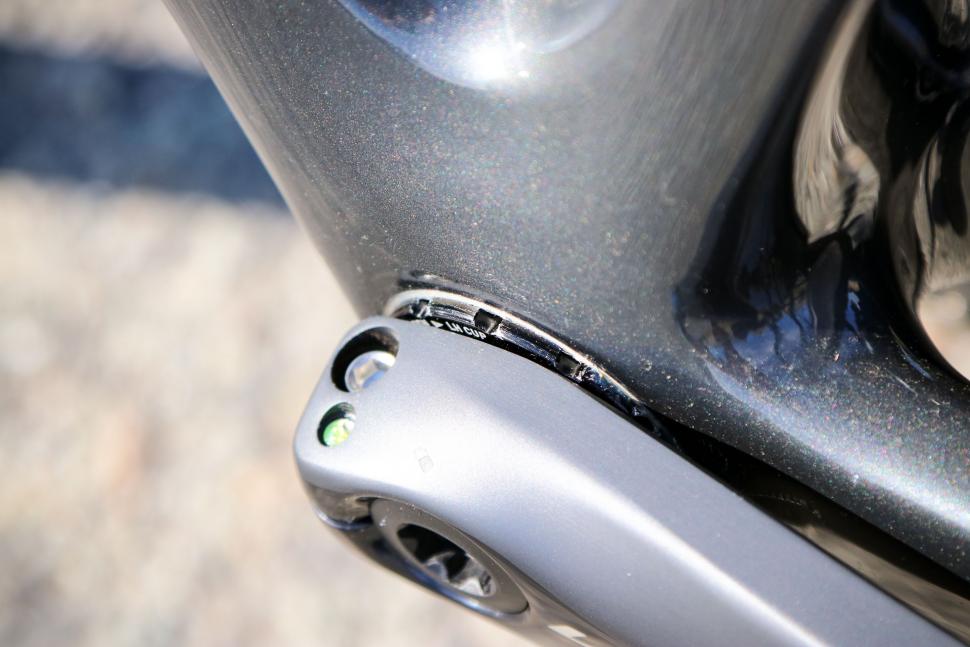
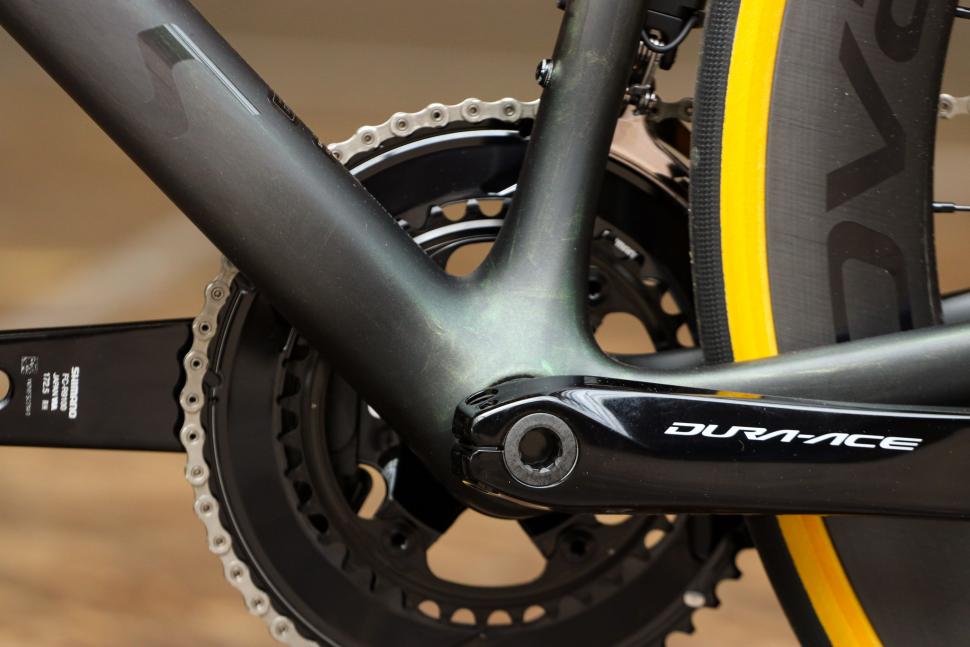

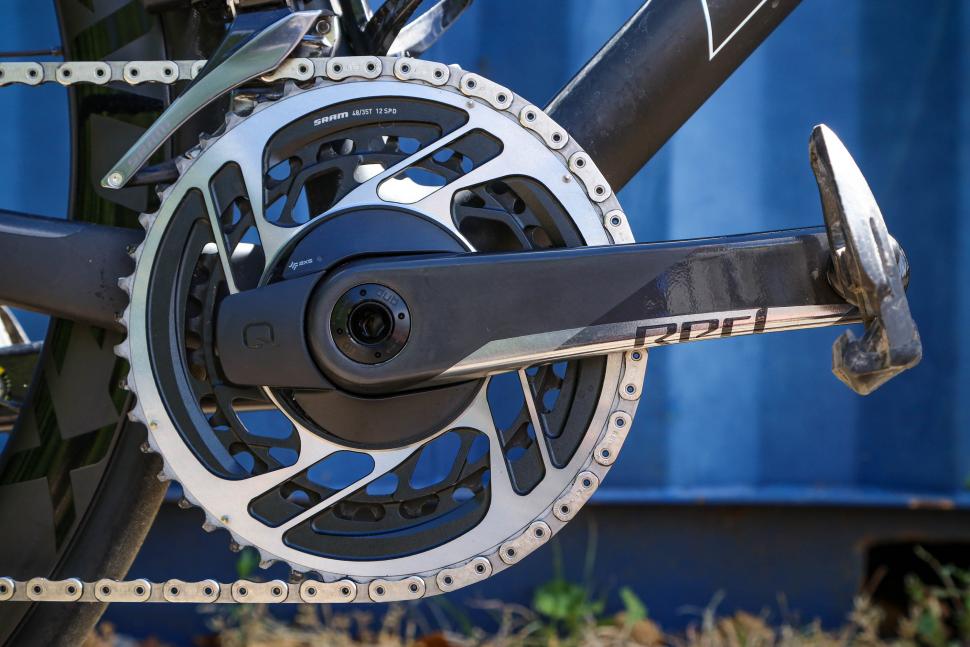
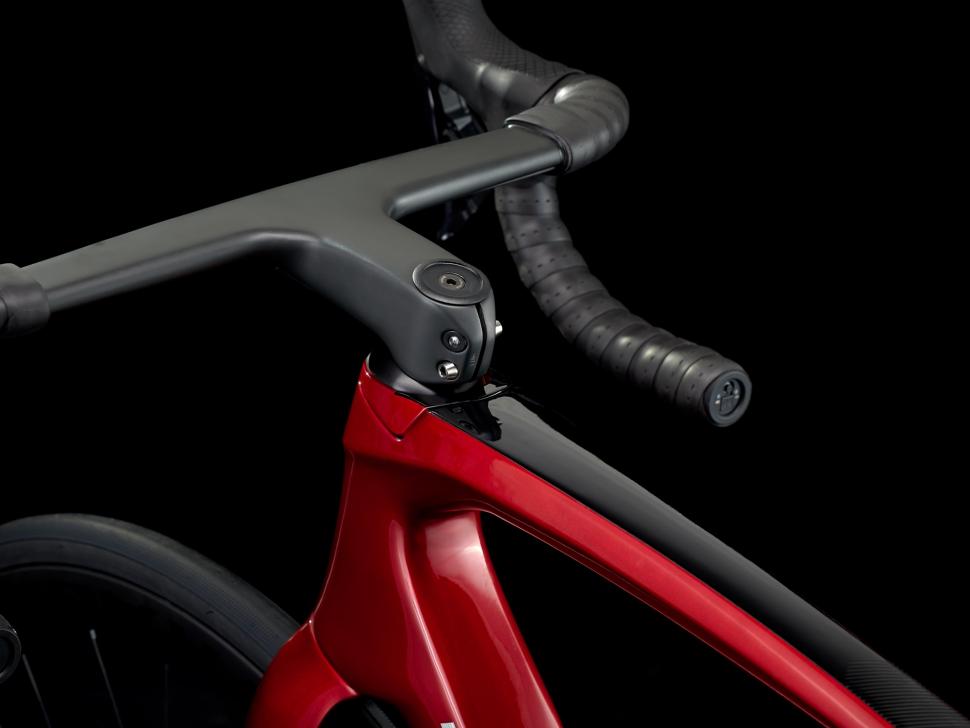
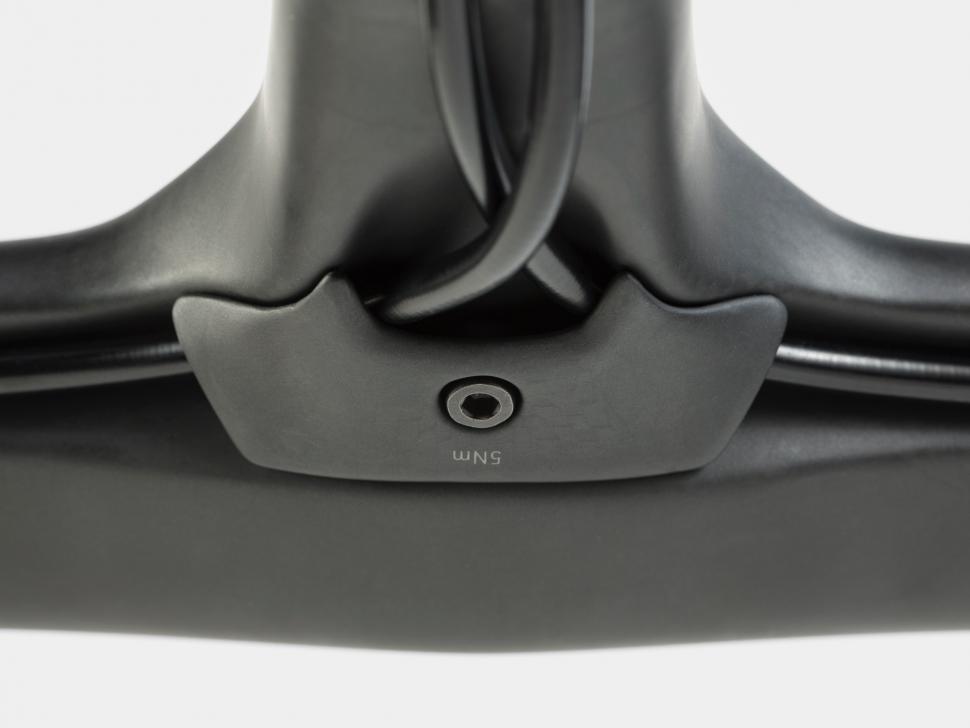
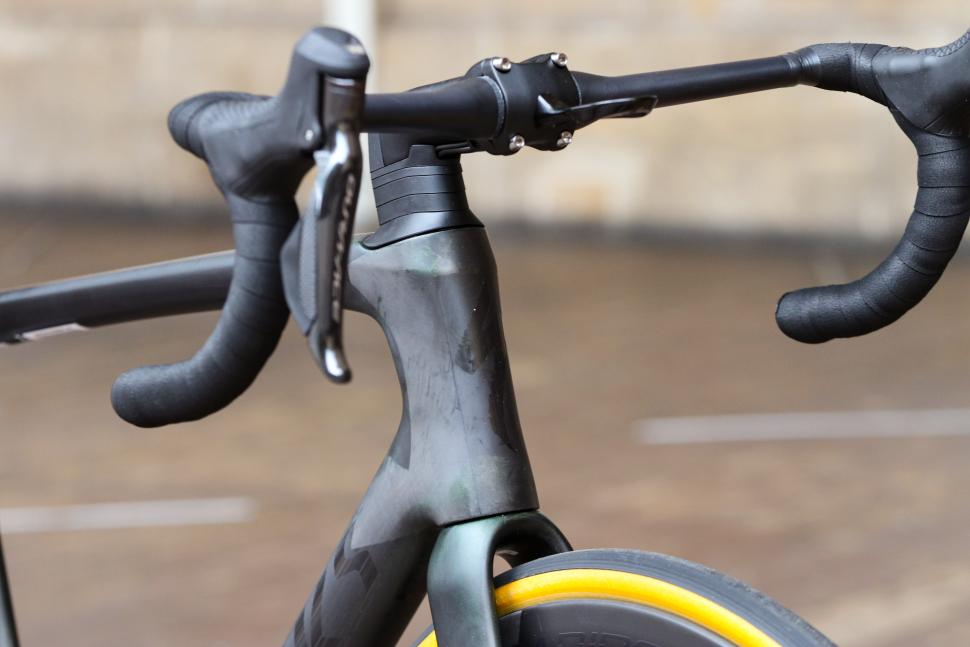
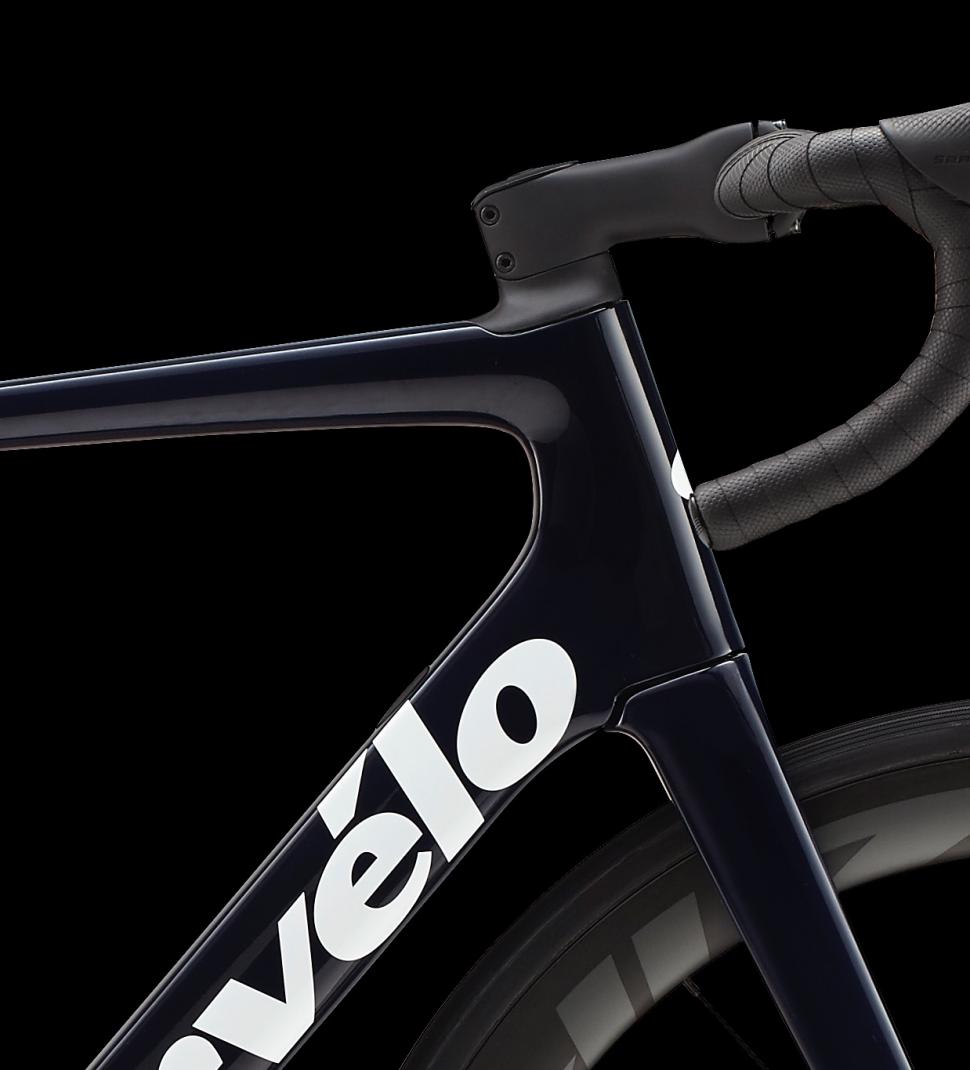

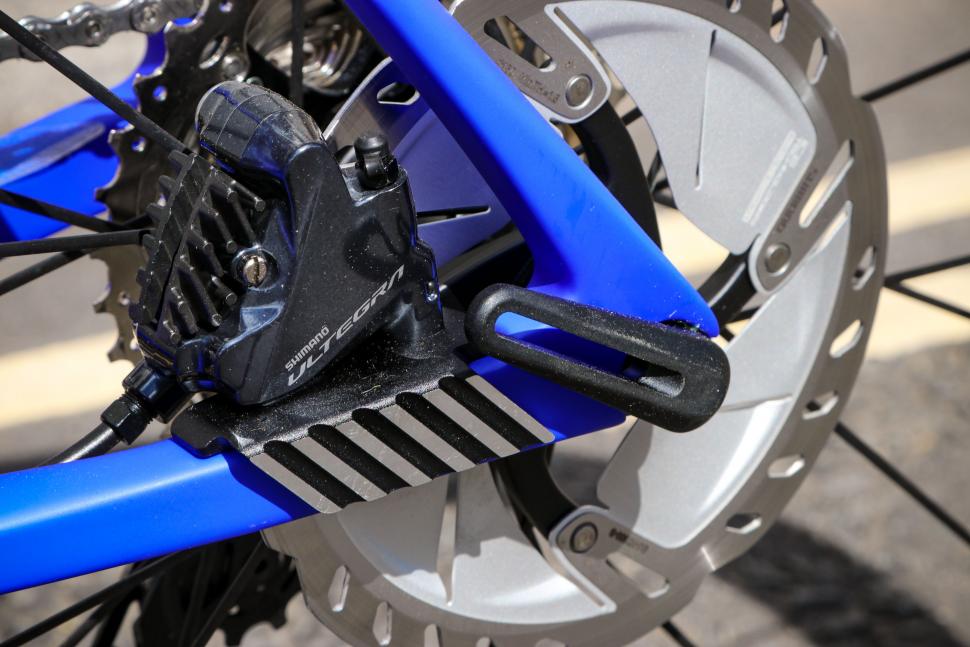
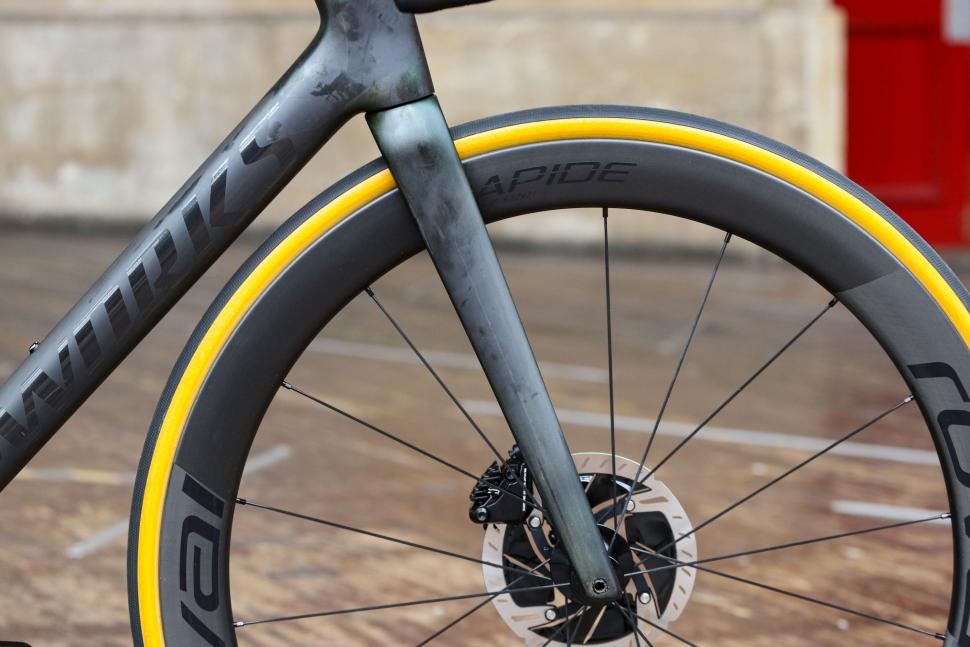
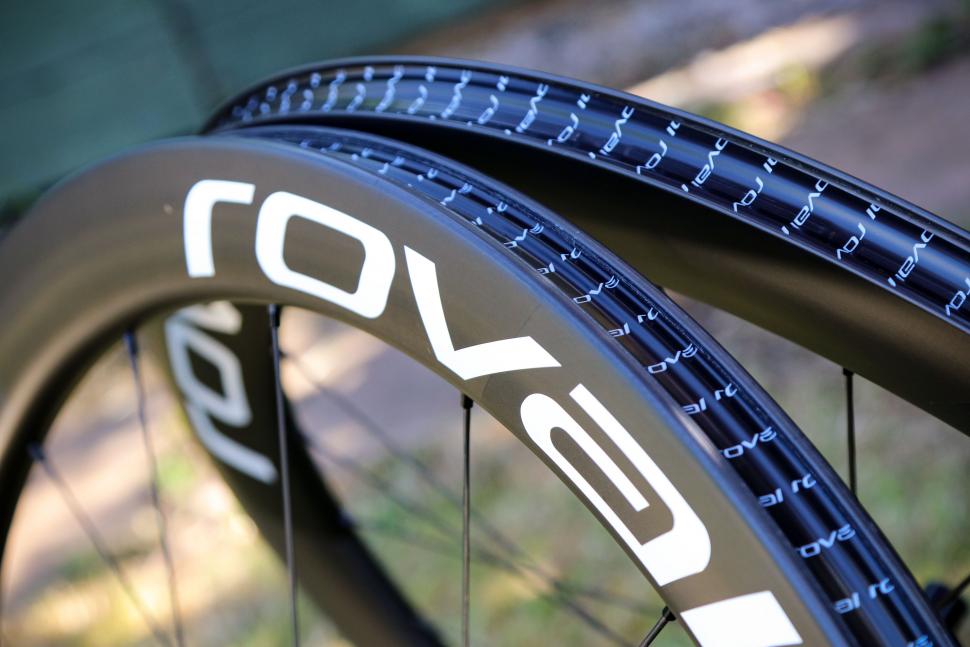

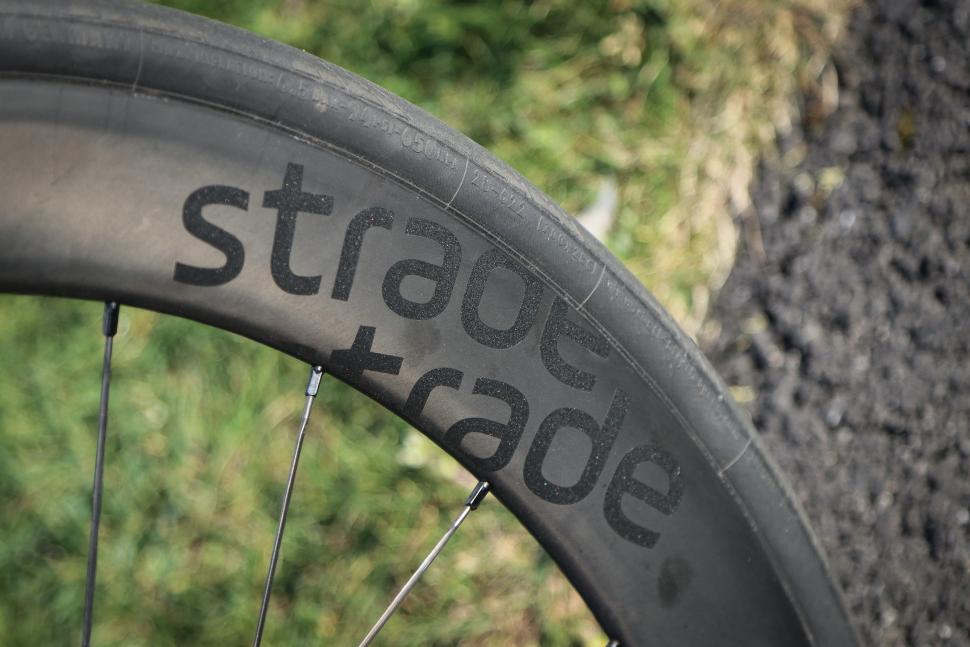

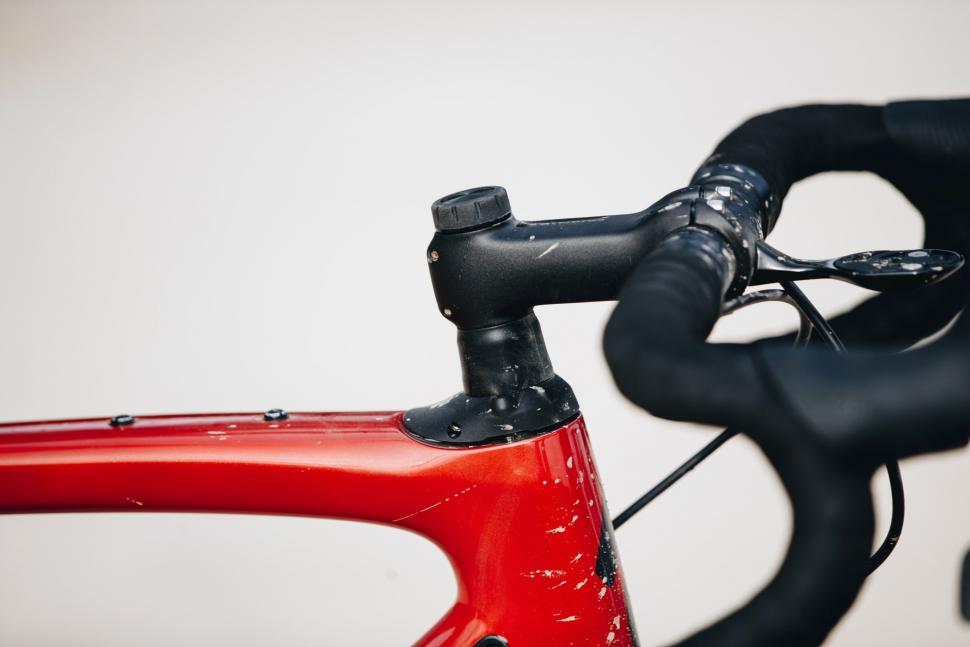
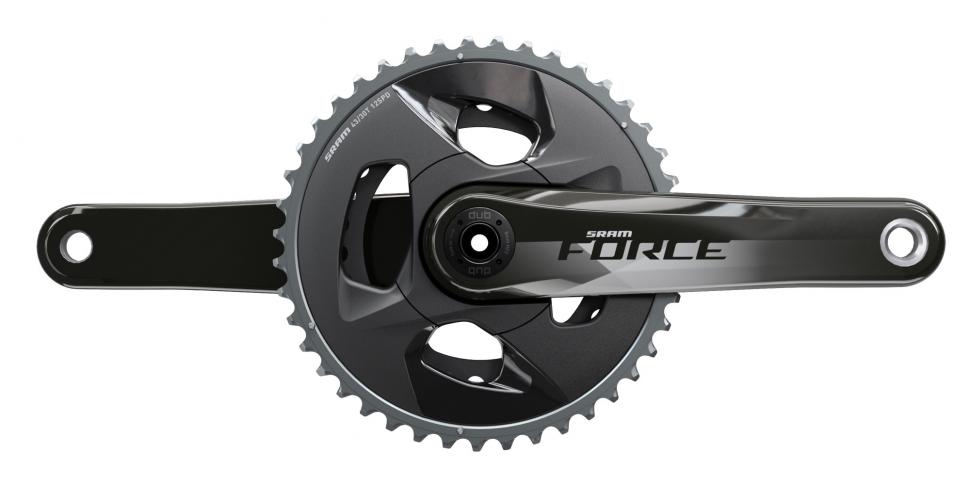
Add new comment
16 comments
I have been riding a gravel bike for a few years now and noticed the larger tyres (35+) act like ballons in cross winds at higher speeds, when cycling on roads. It is really off putting, so I recently dropped down to 30mm G ones but kept them tubless. Now I have a set of great comfy road cycling wheels and a set of nobbly typres on my 650 wheels for everything else. I think a second set of wheels is cheaper than needing a MTB. I agree a light, hardtail is just as quick on gravel. BUT not uphills. I shot past the rest of field going up the hills on the south downs way, only to be suitably left for dead on the descents! God those chalky descents are dangerous on a gravel bike)
I really like this BB stuff it just makes me laugh the marketing teams should say 'our manufacturing partners can't hold tolerance so where going to bond back in aluminium which we told you for years added weight and restricted the size of the BB area so our bikes were flexible' T47 is an provement though although threaded has its issues especially when they get stuck
It's this and last years trends that make my teeth itch, ultra skinny jeans, heads shaven at the sides with a side parted quiff accompanied by the obligatory beard however, when it comes to tyres slighly bigger does seem better, I've recently upgraded to some Michelin Pro4 Endurance tyres in 28mm, set at around 60 psi they have transformed the ride quality of my bike, a bead to bead puncture proof layer means I don't have to worry too much about punctures either despite being conventional clinchers with tubes. I could go down the tubeless route especially as the bike industry and bike press is intent on ramming it down our throats but with plenty of comfort at 60 psi why would I want to go lower? Oh, and while I'm at it as a keen mountain/DH biker I'm sick to the back teeth of all the gravel bike hype - want to go fast and comfortable off road? get a super lightweight XC bike with lock out facility for the tarmac, job done and you can use whatever size tyre you want. For much of the UK we have mud not gravel, enough of the gravel hype..please!
Wider tyres are great for comfort and making rides more enjoyable on bad road surfaces, which I suppose in turn makes people faster as they'll ride more. It's the dubious white papers that are always rigged in a products favour so it comes out on top. GCN did a canyon sponsored video on road Vs gravel Vs MTB. Funnily enough each bike "won" in its intended terrain. The eagle eyed noticed the MTB was carrying a full water bottle and had a trail tyre rather than xc, without which it would probably have matched the gravel bike on the smooth off-road stuff as well as winning the rough, making the gravel bike redundant. As endurance bikes get wider clearances, gravel bikes will inevitably go even wider and adopt suspension, making them a poor version of a mountain bike. Oh wait they already have...
People like to be niche though so will naturally migrate. Once everyone is on road discs I think we will see the return of the super niche rim brake ultralight climbing bike...
Bikes are already at peak aero, and soon to be peak lightweight and aero. How about the next marketing focus is to make them realistically priced!
Too much consumerism.
There is so much pseudo science, pretend engineering and contrary information in this article it is incredible!! The marketing men (and women!) will stop at nothing to try to sell more wheels and bikes. The wider tyres panacea in particular is getting a little wearing now. Of course they have their place and are a boon under the correct circumstances, but they are not faster on road bikes (on the road!). The time is not far off when some smart company enlightens us all with the fact that, 'actually, applying what we know about wheel design and rim shape we can make you go much faster if you use 25mm, or even, if you are really daring, 23mm tyres'. Just think, it might be possible to get those old 19mm tubs out and fit them to your timer trial wheels again!!!
So investing time and money in R&D and wind tunnels is worth jack? Everything I have read is that wider tyres and wheels are more aero, have less rolling resistance, more comfortable and allow for funky frame and wheel design that can maximise aero and weight - without being hindered by the constraints of rim brakes. Seems straightforward to me. I use 32mm on my bike and will now never go narrower.
Wider isn't more aero. 23mm front tyres are still the most aero in a wind tunnel on a slightly wider but not mega wide rim. Wheels have got wider to offset the aerodynamic penalty of wider tyres, and can be easier to handle in certain cross wind conditions. Rolling resistance different though. Its about finding the right combination for the person riding the bike and the speeds they expect to be going and the type of road they are riding on. Manufacturers do like to make claims about stiffer, lighter, faster, as they have to market the bikes so people can justify to themselves why they are upgrading, other than the fact they just want a new bike, which there is nothing wrong with. Realistically the discernable differences for most of us are negligible at best. Better just to admit one wants a new bike than buy into any performance advantage, which could leave a sour taste when times don't improve but you've shelled out the extortionate prices top end road bikes are these days.
Care to post a link to proof of that statement?
The controversial Hambini for one, aerocoach for another. Or turn up at any UK time trial event and have a look at the front tyres people are using. Its the rule of 105%, where rim width is ideally marginally bigger then the tyre. I'm not disagreeing with you on any other parts, as it's all about working together as a system, including the rider and the intended use of the bike. Wide rims can be more aero at lower speeds and hence higher yaw angles as there is less stalling, and wider tyres have less rolling resistance and are more comfortable. I'm just saying people shouldnt buy into manufacturers claims. They don't use day to day cyclists as test pilots, but sponsored pros. Look at the new trek emonda on treks website, marketed in massive letters as being 60secs faster on flat roads than the old one. I couldn't find a mention of what speed this has been measured at. I doubt its below 40kmh. Still a nice bike though.
And should have said the manufacturer claim that disc brakes allow better bike aerodynamic shapes is rubbish, and is just more marketing to sell disc bikes. A lot of the big bike manufacturers have openly said they can't make their aero focussed TT bike models faster than their existing rim brake equivalents (Trek, Canyon). They will probably still develop them though if they think they can recoup the r and d in sales. ( FYI I'm not anti disc as I think the benefits outweigh the cons).
Well said. Nicely summed up.
Wider tyres do have some benefits but are heavier, and less aero with no comfort or rolling resistace benefit.
From https://www.bicyclerollingresistance.com/specials/grand-prix-5000-compar...
Conclusion
A bigger road bike tire (at least the Continental GP 4000 and GP 5000) provides a lower rolling resistance at the same air pressure. You do have to realize that at the same air pressure, a bigger tire will provide a less comfortable ride.
At the 15% tire drop air pressures, which are very close to the recommended air pressures for a given size, the tables are turned and a bigger road bike tire will have a higher rolling resistance. The higher rolling resistance of the bigger tire is because it provides more comfort at the 15% tire drop air pressure.
We feel the ultimate test is adjusting all tires to the same comfort level. When all tires are adjusted to the same comfort level, rolling resistance is nearly the same (0.2 watts max) for all sizes of the GP 5000.
Do you really believe everything that you read then? If wider is more aero and less rolling resistance, why are track riders (where tho only thing that matters is speed) not riding wide, soft tyres? Think about what you read, dont take everything on face value.
No need to get get Smart with me Stu!! I am a mechanical design Engineer by profession and have spent time in the Aerospace, Automotive and Composites industries. Please believe me when I say that the way things are written by these people is generally misleading (deliberately). As a generalistaion and in simple terms, the aerodynamics of a wheel and tyre (as a system) are a function of it's shape and frontal area - not how wide it is. This shape can be made any size and the drag coefficient (Cd) remains the same. The Cd in combination with the frontal area determines the actual drag of the wheel, hence for any shape wheel (and appropriate tyre), the narrower version will always be 'more aerodynamic'. When rolling resistance is factored in a wider tyre and wheel may well provide less drag (when the tyre is at a similar pressure to the narrower one), but at higher speeds (i.e. those at which racing bikes are intended to travel), it certainly will not. You have also fallen for the myth that wider tyres can offer improved rolling resistance and greater comfort - they can't. You can certainly have one of those things, but not both!! It is all abig con to sell wheels. The day will come when some smart@rse at one of the wheel companies astounds us all with the proclamation that actually we should all change to 23mm or narrower tyres on their radical new wheels if we want to go faster on our road bikes. Please study the science a bit more and don't just take for granted what you read on ill informed cycling web sites.
We're not mugs road.cc, so please stop with the SL7 hype. Stick the Rapide CLX on a Venge and it's a rocket. Take the CLX off the SL7 and it's an SL6 that's a wee bit more aero.